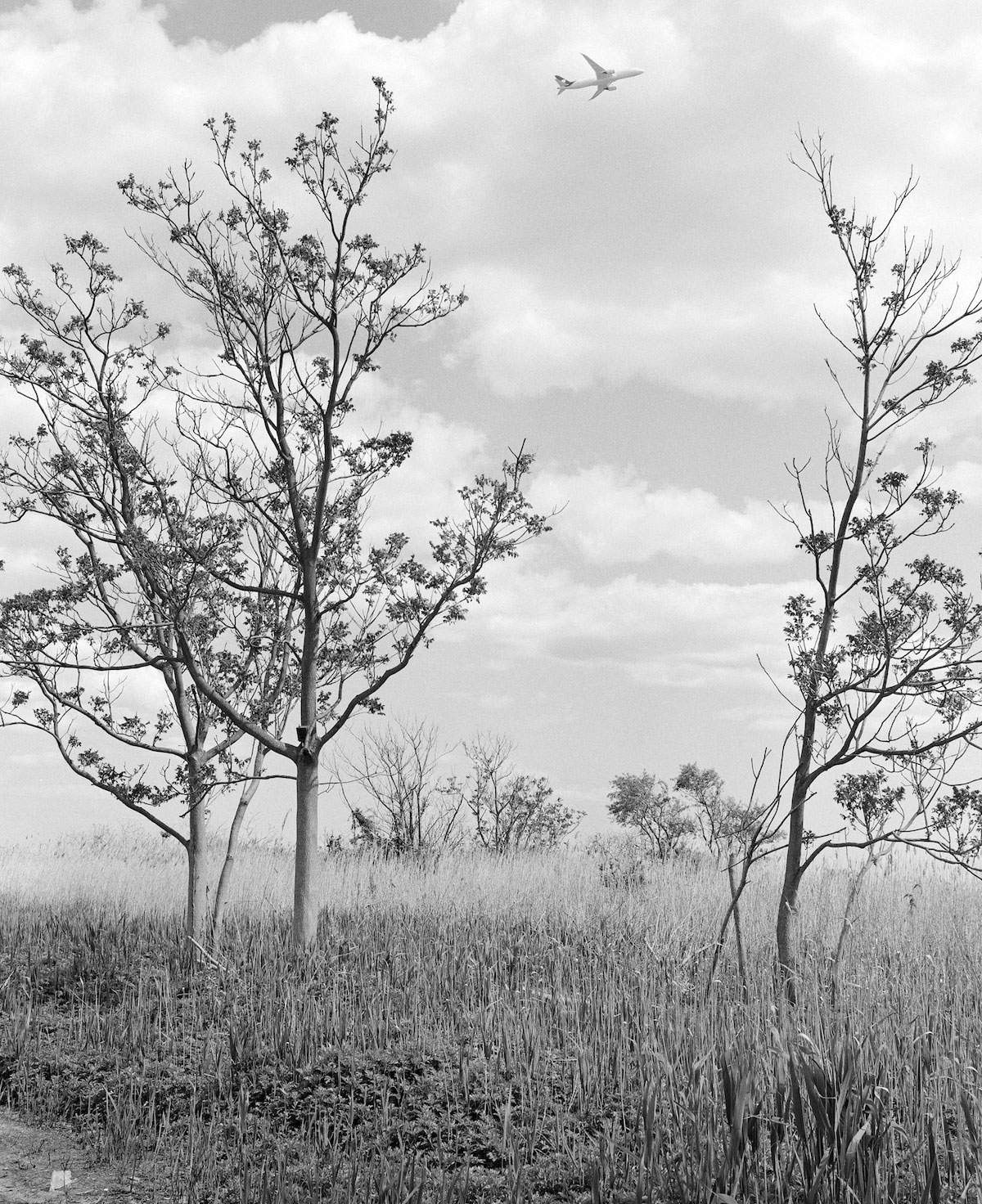From February 13 to May 17, 2020, the Ala Vitali of theCarrara Academy in Bergamo will host the solo exhibition Il suono del becco del picchio (The Sound of the Woodpecker’s Beak ) by artist Antonio Rovaldi (Parma, 1975), winner of the fifth edition of theItalian Council, the program to promote Italian contemporary art in the world carried out by the Ministry of Cultural Heritage: in fact, the Bergamo exhibition represents the second chapter of the project End. Words from the Margins, New York City, promoted by GAMeC in partnership with Harvard University (Graduate School of Design), the Kunstmuseum of St. Gallen and Magazzino Italian Art in Cold Spring (New York).
The Sound of the Woodpecker’s Beak, curated by Lorenzo Giusti, Director of GAMeC, together with Steven Handel, Visiting Professor of Ecology at Harvard’s Graduate School of Design, and Francesca Benedetto, constitutes a eulogy of walking, of physically crossing the most marginal spaces, and is based on the idea that it is precisely from these boundaries (not only geographical, but also political and anthropological) that a conscious rebirth of society can develop. The project presents the world’s most iconic metropolis, New York, from the point of view of its suburbs and the extreme edges of its five boroughs (Manhattan, Brooklyn, Queens, The Bronx, Staten Island), along which Rovaldi has walked, and returns the artist’s experience in a photographic series intended to represent its complexity. In his research, Rovaldi has addressed themes such as greenery in the suburbs in relation to urban sprawl, urban debris, the link between photography and literary production, and again photography as a visual novel that is constructed around the city. Out of this experience has come a series of images intended to present a suburban and lesser-known New York, with its vast lagoons near the ocean, freeway interchanges, and uncultivated and not easily accessible areas.
In addition to the fifty black-and-white analog print photographsthat will occupy the walls of the exhibition space, the exhibition will feature a number of geographic maps created by landscape architect Francesca Benedetto that show the city’s urban, geographic, and meteorological transformations, alongside a sound installation and two bronze sculptures made especially for the exhibition. The installation Five Walks. NYC, 2017-2020 stems from a collaboration between the artist and sound designer Tommaso Zerbini and offers, through a constant flow of voices and sounds, the image of an elastic geography in which boundaries expand step by step, stop by stop, with the slow and reflective rhythm of a long walk.The first of the bronze sculptures, on the other hand, represents a copy of a limulus(horseshoe crab), a pleistocene, armored, primordial creature that beaches along the American East Coast and particularly around New York City, with which the artist intends to remind us that the edges of the city have ancient forms and layered geological times. The second is a detritus of a keyboard found along a Staten Island beach that, positioned vertically on a plinth like a small monolith, might remind us of a deity at once ancient and future, a devotional object from a city submerged in the gray waters of the ocean. Completing the installation is the video The Rest of the Images, made in collaboration with director Federica Ravera: a film that is a documentation of the artist’s practice and, at the same time, of the close relationship between walking, the photographic image and the construction of a sequence.
In parallel to the exhibition, GAMeC, in collaboration with the G. Carrara Academy of Fine Arts in Bergamo, will promote a series of workshops, excursions, explorations, meetings and lectures involving artists, architects, urban planners, philosophers and writers. Accompanying the exhibition is a volume, titled The Sound of the Woodpecker Bill: New York City and published by Humboldt Books, which includes, in addition to Antonio Rovaldi’s text, maps created by Francesca Benedetto and contributions by Francesca Berardi, Cecilia Canziani, Anna de Manincor, Claudia Durastanti, Lorenzo Giusti, Steven Handel and Mario Maffi. Through their interventions, the authors share an ordinary, hidden and distant New York, helping to provide an essential and contemporary look through which to glimpse the future of the city, its neighborhoods and its inhabitants.
Antonio Rovaldi studied art and photography with Hideyoshi Nagasawa and Mario Cresci. His research revolves around themes related to the perception of places and landscape, and his artistic practice is based on traveling long distances, on foot or by bicycle. He works with photography, video, sculpture and drawing. In 2006 he won the New York Prize from Columbia University, and has exhibited in several solo and group shows between Italy and the United States.
For all exhibition info, visit the GAMeC website in Bergamo.
Pictured: Antonio Rovaldi, May 8, 2017. Inside Spring Creek Park, 159th Ave and 78th St, Queens (2017; silver salt analog print on baryta paper, 50 x 60 cm)
 |
| An unusual and peripheral New York in the photographs of Antonio Rovaldi: The sound of the woodpecker's beak on display in Bergamo |
Warning: the translation into English of the original Italian article was created using automatic tools. We undertake to review all articles, but we do not guarantee the total absence of inaccuracies in the translation due to the program. You can find the original by clicking on the ITA button. If you find any mistake,please contact us.